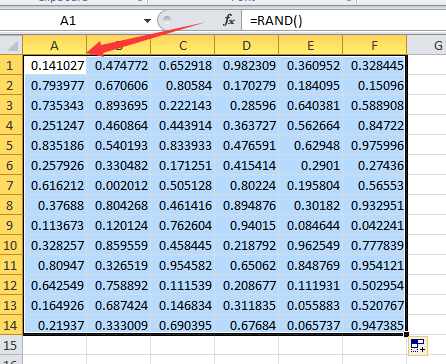
FX must be specified as the first item in the template. For example, to_timestamp(' 2000 JUN', 'YYYY MON') and to_timestamp('2000 - JUN', 'YYYY-MON') work, but to_timestamp('2000 JUN', 'FXYYYY MON') returns an error because to_timestamp expects only a single space. To_timestamp and to_date skip multiple blank spaces at the beginning of the input string and around date and time values unless the FX option is used. to_timestamp and to_date ignore the TM modifier. In PostgreSQL, FM modifies only the next specification, while in Oracle FM affects all subsequent specifications, and repeated FM modifiers toggle fill mode on and off. Table 9.26 shows the modifier patterns for date/time formatting.įM suppresses leading zeroes and trailing blanks that would otherwise be added to make the output of a pattern be fixed-width. For example, FMMonth is the Month pattern with the FM modifier. Modifiers can be applied to any template pattern to alter its behavior. Time-zone offset from UTC (only supported in to_char)

Lower case time-zone abbreviation (only supported in to_char) Upper case time-zone abbreviation (only supported in to_char) Month in lower case Roman numerals (i-xii i=January) Month in upper case Roman numerals (I-XII I=January) Julian Date (integer days since NovemBC at local midnight see Section B.7)
POSTGRESQL CAST DECIMAL TO INTEGER ISO
Week number of ISO 8601 week-numbering year (01-53 the first Thursday of the year is in week 1)Ĭentury (2 digits) (the twenty-first century starts on ) Week number of year (1-53) (the first week starts on the first day of the year) Week of month (1-5) (the first week starts on the first day of the month) ISO 8601 day of the week, Monday ( 1) to Sunday ( 7) Last digit of ISO 8601 week-numbering yearįull upper case month name (blank-padded to 9 chars)įull capitalized month name (blank-padded to 9 chars)įull lower case month name (blank-padded to 9 chars)Ībbreviated upper case month name (3 chars in English, localized lengths vary)Ībbreviated capitalized month name (3 chars in English, localized lengths vary)Ībbreviated lower case month name (3 chars in English, localized lengths vary)įull upper case day name (blank-padded to 9 chars)įull capitalized day name (blank-padded to 9 chars)įull lower case day name (blank-padded to 9 chars)Ībbreviated upper case day name (3 chars in English, localized lengths vary)Ībbreviated capitalized day name (3 chars in English, localized lengths vary)Ībbreviated lower case day name (3 chars in English, localized lengths vary)ĭay of ISO 8601 week-numbering year (001-371 day 1 of the year is Monday of the first ISO week)ĭay of the week, Sunday ( 1) to Saturday ( 7) Last 2 digits of ISO 8601 week-numbering year Last 3 digits of ISO 8601 week-numbering year What it does not say is that you should control calculations at each step by using explicit type casting and rounding appropriate for your business rules.ISO 8601 week-numbering year (4 or more digits) If you require exact storage and calculations (such as for monetary amounts), use the numeric type instead.
POSTGRESQL CAST DECIMAL TO INTEGER MANUAL
The manual gives you the exact answer you need: Which one is the appropriate data type for precise numeric values like currency or inventory quantities?

differently, which eventually results in an approximate value of 100. Since float has an approximate precision, it is equipped to deal with 33.333. When one of the operands is float and another one integer, the integer operand will be cast to float and the result will be float.

(with an infinite sequence of "3"s) that you seem to expect, but rather a defined precision numeric 33.333.3 (a finite sequence of "3"s), which naturally produces 99.999.9 - a finite sequence The same logic applies to multiplication, to which one operand now is not 33.333. Since numeric has a strictly defined precision, attempting to assign to it a value with infinitely many digits after the decimal point (which 100/3 produces), without rounding, will result in truncation. When one of the operands is numeric and another one integer, the integer operand will be cast to numeric and the result will be numeric. You are falling victim of implicit type casts.


 0 kommentar(er)
0 kommentar(er)
